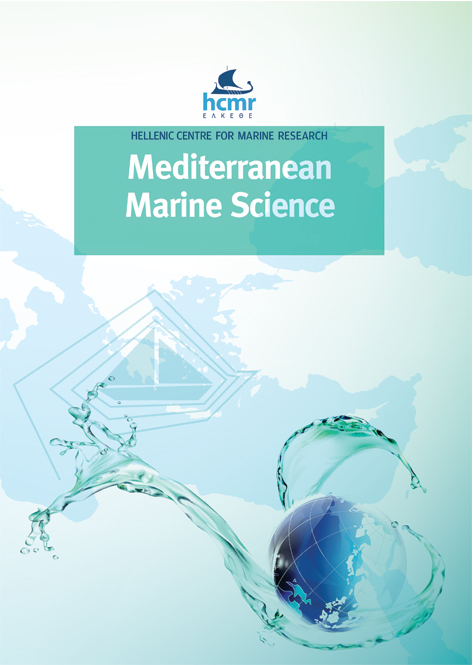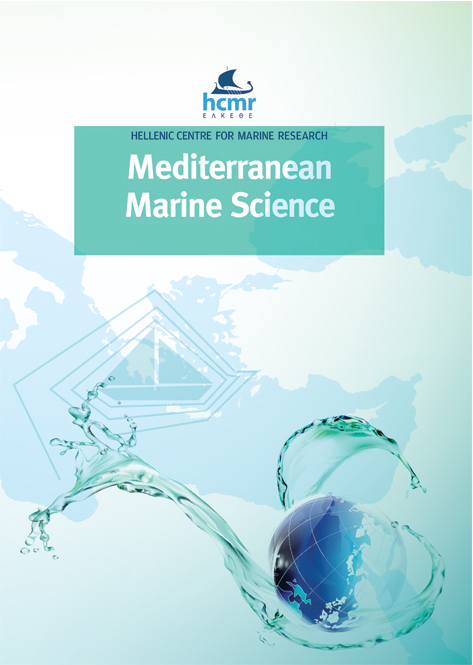Winning in the era of global change: new findings on the invasive fireworm Hermodice carunculata (Annelida) along the Italian coasts obtained using Citizen Science

Abstract
Invasive species and other factors contributing to global change can interact, leading to potentially synergistic impacts on marine ecosystems and the services they provide. The ongoing spread of the invasive, thermophilic and stinging fireworm Hermodice carunculata (Amphinomidae) along the Italian coasts has attracted special attention from the scientific community and the public. In 2021, we established the citizen science project “Monitoraggio Vermocane” (Fireworm Monitoring) to fill key gaps in knowledge related to the ecology, reproductive biology, current range expansion and possible impacts of H. carunculata. Over three years, more than 600 records were provided by professional divers and sea users using social networks. Data analysis revealed that 1) H. carunculata scavenges frequently on fishery waste, which may attract fireworms to anthropized areas and promote their growth, increasing the likelihood of human/fireworm interaction. Fireworms may also act as opportunistic consumers and kleptoparasites on ecosystem engineer anthozoans, which are already threatened due to heat stress and mechanical damage. 2) Fireworm spawning is linked to the lunar cycle, occurring during the summer throughout the Central Mediterranean at a depth of 2-16 m. The body posture and movement, and the aggregation of worms, may optimize their reproductive effort. 3) The range of H. carunculata is still expanding along the Tyrrhenian coasts and in Sardinia. These findings suggest that H. carunculata is emerging as a potential “winner” of human-driven changes in the Mediterranean Sea. Further studies based on both experiments and participatory science are needed to better assess the risk and damage associated with its expansion.
Article Details
- How to Cite
-
CENNI, E., DI CAMILLO, C. G., RIGHI, S., FERMO, R., BOZZOLI, C., PREVEDELLI, D., & SIMONINI, R. (2025). Winning in the era of global change: new findings on the invasive fireworm Hermodice carunculata (Annelida) along the Italian coasts obtained using Citizen Science. Mediterranean Marine Science, 26(4), 860–876. https://doi.org/10.12681/mms.41723
- Section
- Research Article
Authors who publish with this journal agree to the following terms:
- Authors retain copyright and grant the journal right of first publication with the work simultaneously licensed under a Creative Commons Attribution Non-Commercial License that allows others to share the work with an acknowledgement of the work's authorship and initial publication in this journal.
- Authors are able to enter into separate, additional contractual arrangements for the non-exclusive distribution of the journal's published version of the work (e.g. post it to an institutional repository or publish it in a book), with an acknowledgement of its initial publication in this journal.
- Authors are permitted and encouraged to post their work online (preferably in institutional repositories or on their website) prior to and during the submission process, as it can lead to productive exchanges, as well as earlier and greater citation of published work (See The Effect of Open Access).






